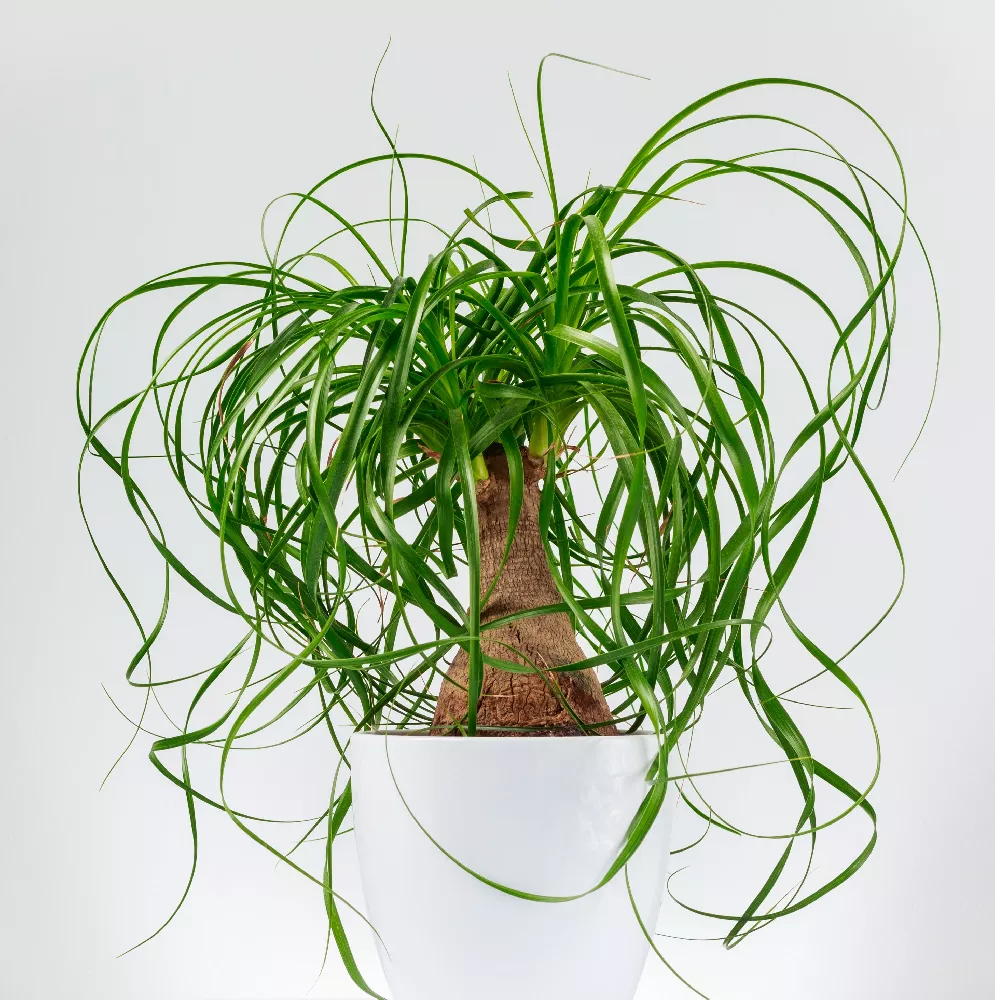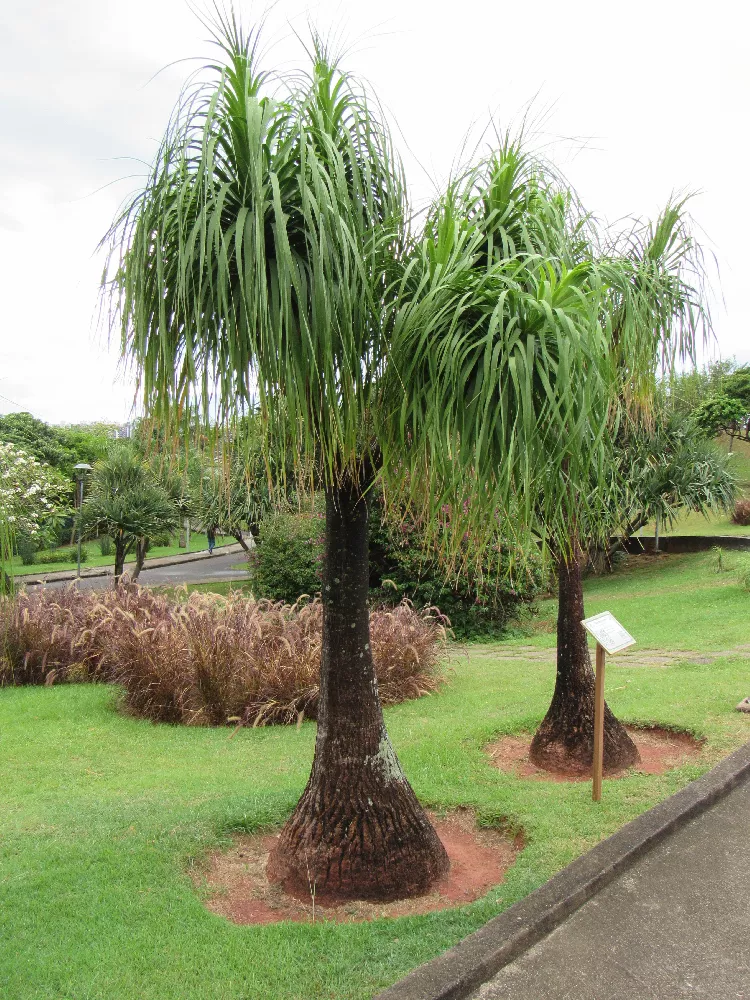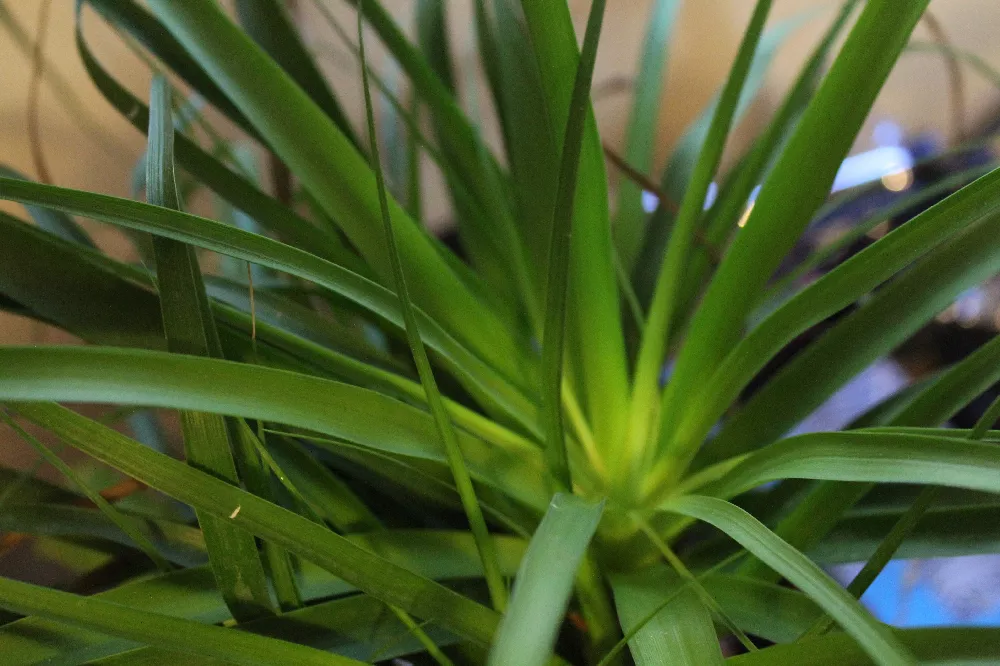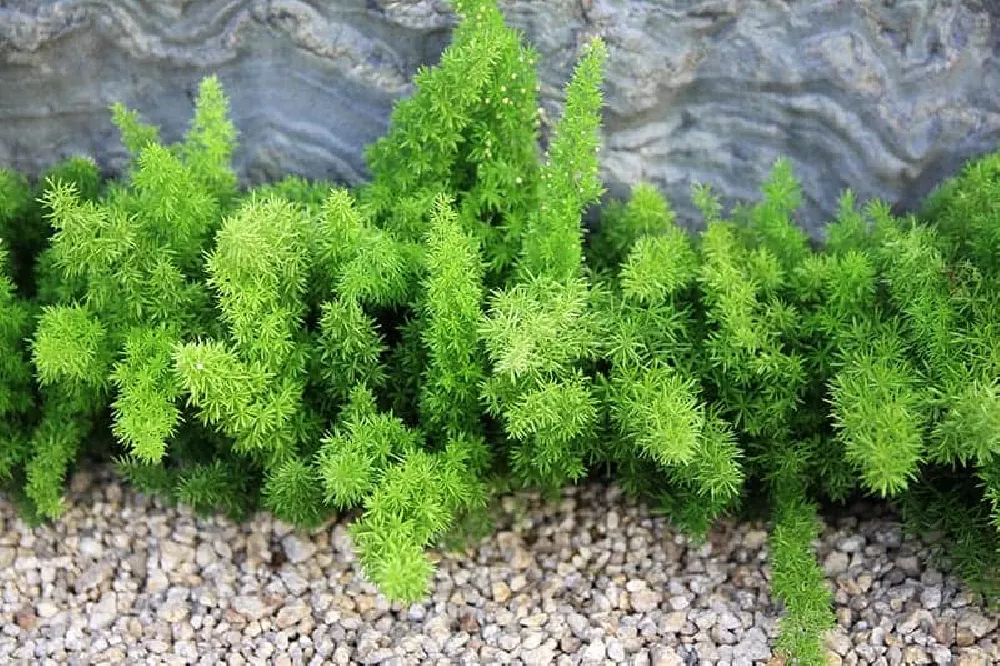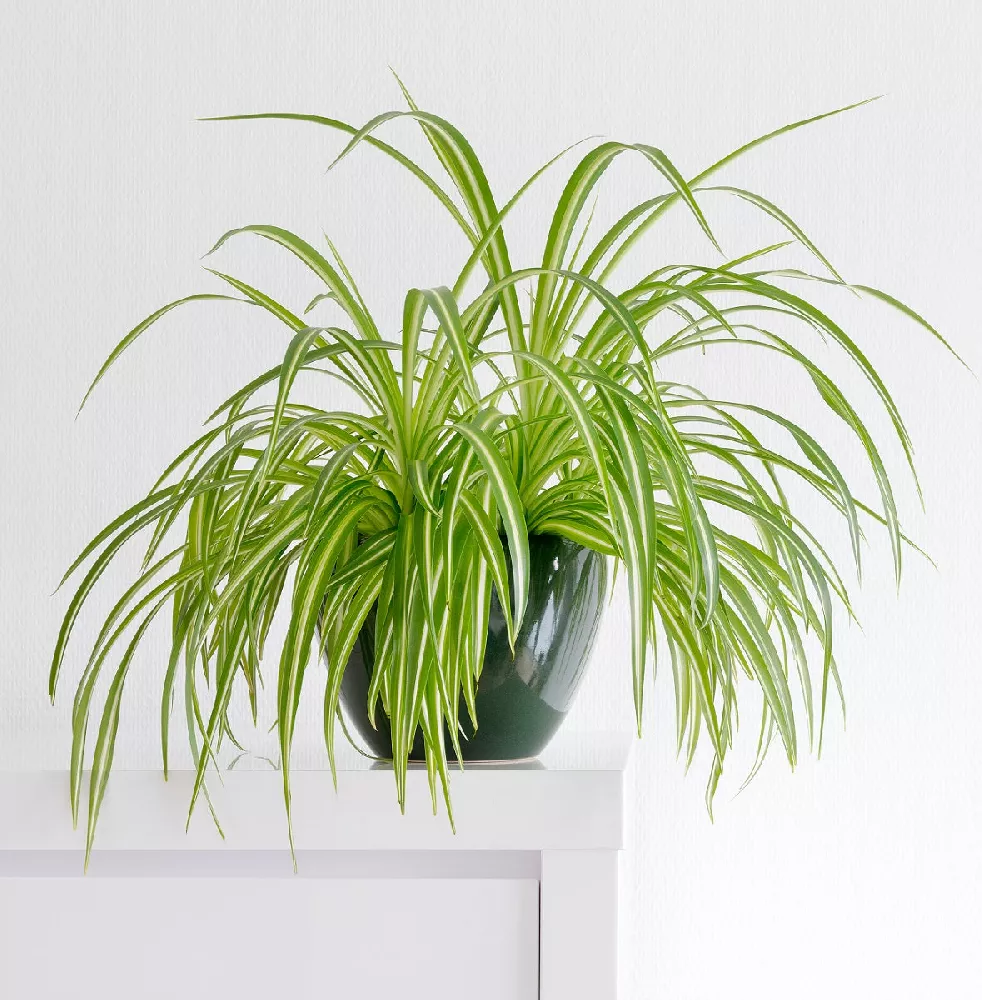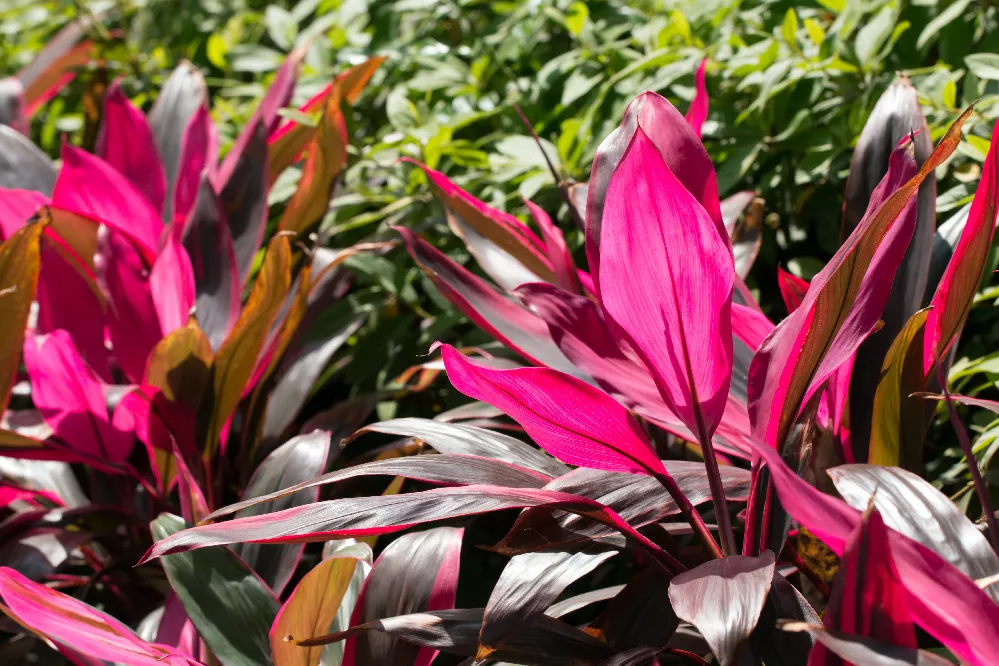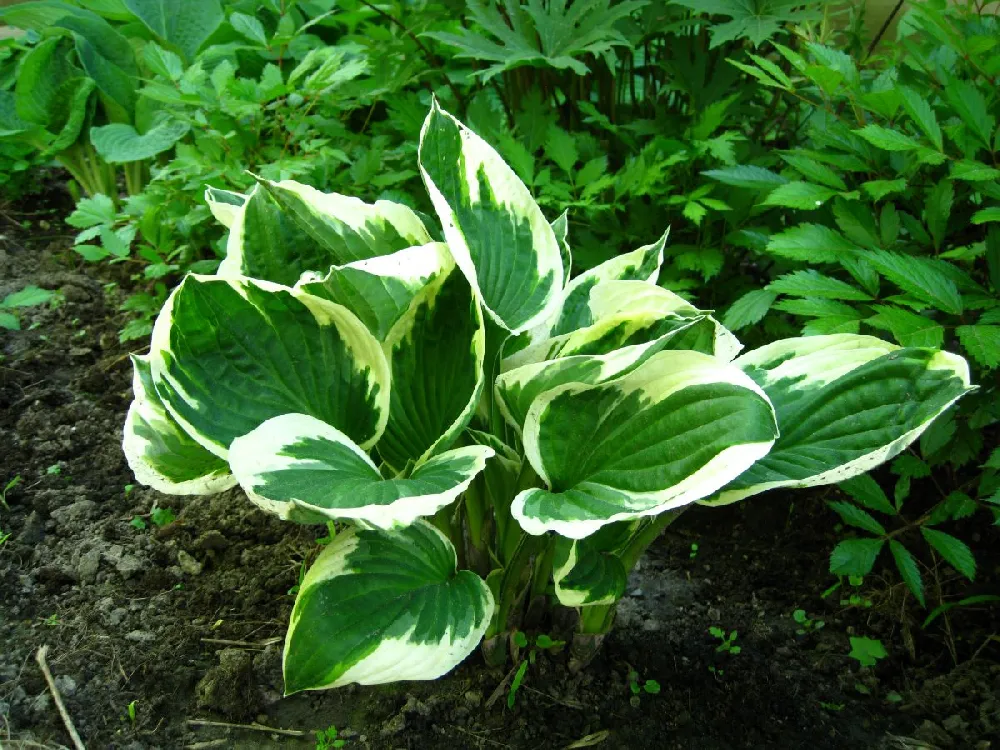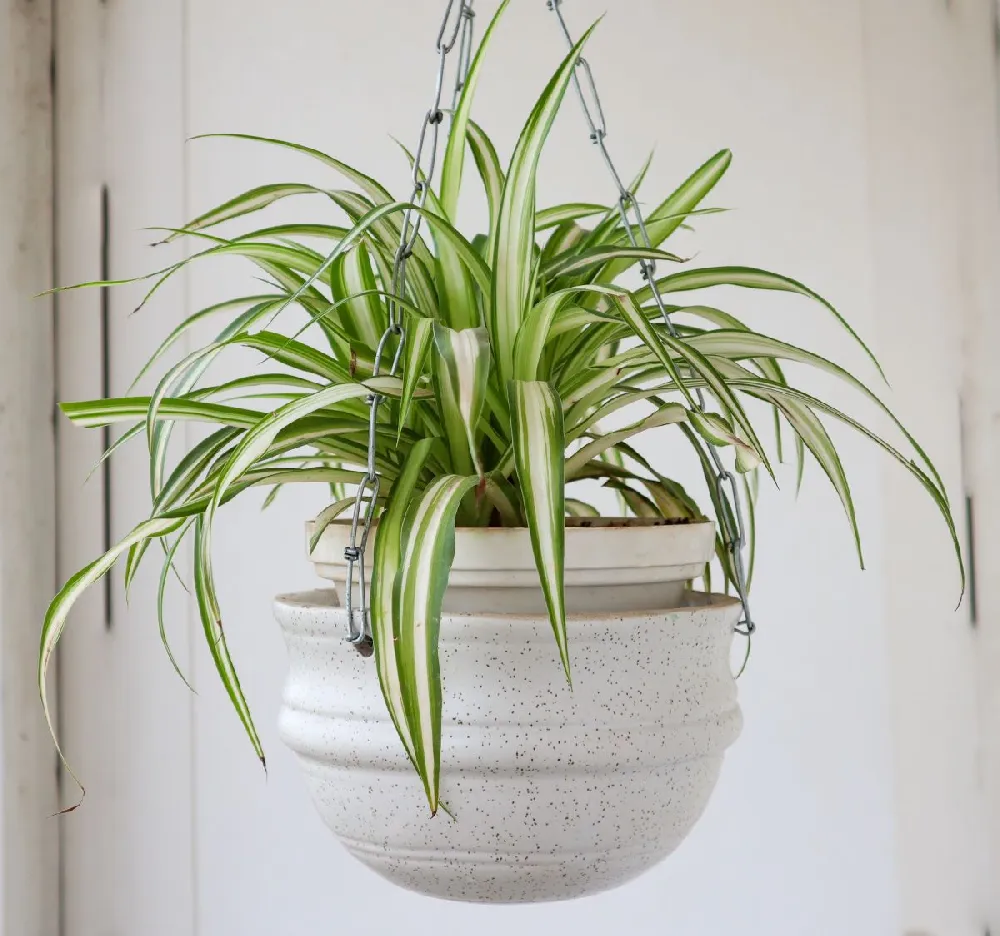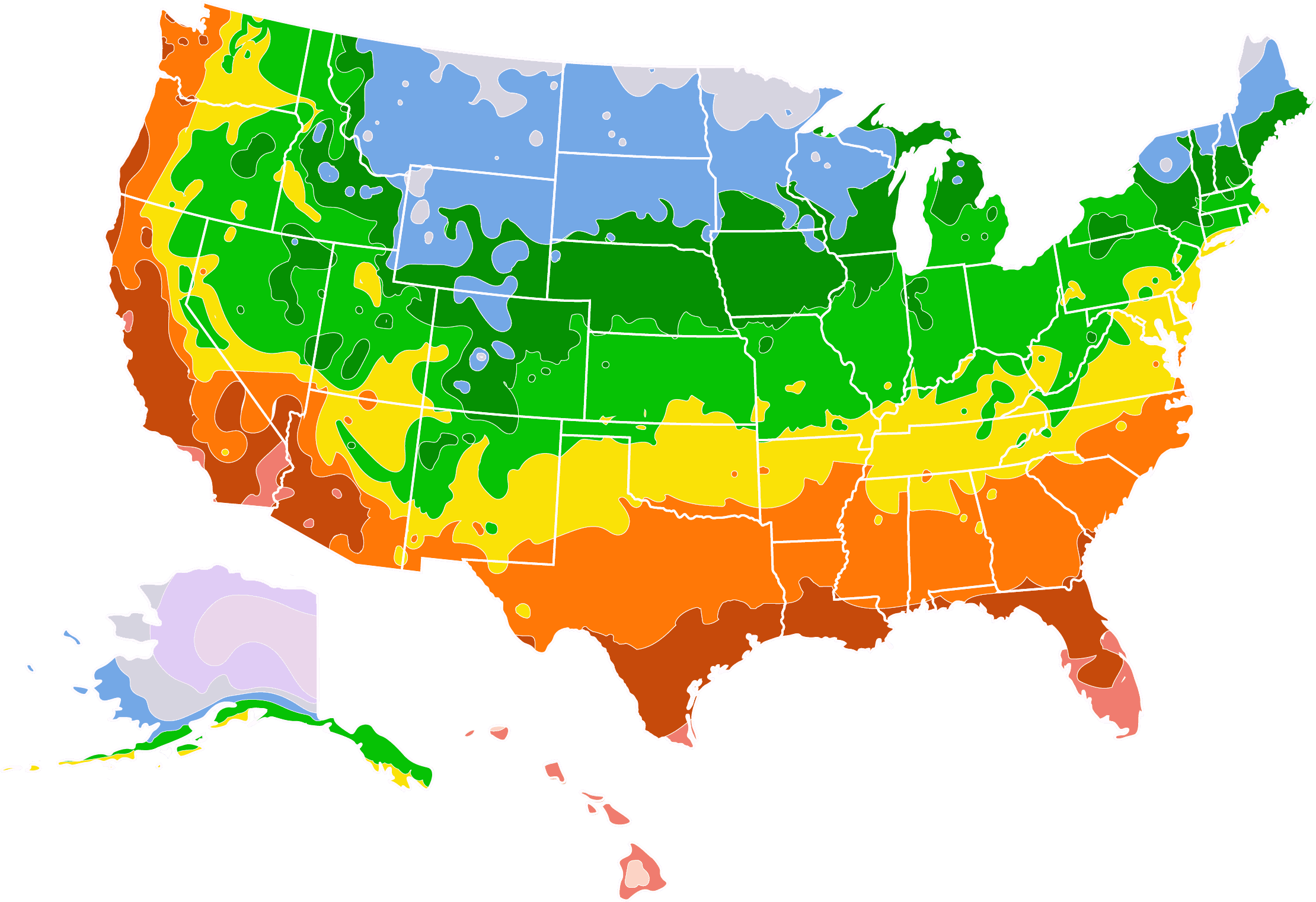- Home >
- Palm Trees >
- Ponytail Palm
Ponytail Palm for Sale - Buying & Growing Guide
- Ships in 1-2 days
- 1-Year Warranty Eligible
- Pots or accessories are not included unless specified in the product options.
Shipping Details:
Products shipped through FastGrowingTrees.com. Once your order is shipped, you’ll receive an email with a tracking number and estimated delivery date. Most orders will ship immediately.
If you’re looking to bring a bit of tropical flair into your home or office, the Beaucarnea recurvata, or ponytail palm, is a great option. And while the name says otherwise, the ponytail palm isn’t actually a palm tree, but is instead a broadleaf evergreen.A native of eastern Mexico, this succulent’s graceful hanging leaves can be deceptive. The ponytail palm is actually very tough and is able to withstand a variety of conditions, including infrequent waterings. Here are some other characteristics of ponytail palms:
- Can be grown indoors or outdoors in winter hardiness zones 10-11
- Prefer a sunny location
- Able to survive in near-drought conditions
Plant Care
Sunlight

Ponytail palm loves bright sun. Whether on a windowsill or in your garden, place it where it will get at least 5 hours of direct sun a day.
Watering
Water sparsely. The top few inches of soil should be dry before you water. Be sure the soil drains well.
Fertilizing

Fertilize during the growing season with a product formulated for cacti and succulents.
Planting and Care
Planting instructions
Ponytail palms do best when potted in the type of fast-draining soil you would use for other succulents. Use a mix of one part potting soil, one part perlite, and one part sand for best results. Since ponytail palms do not like soggy soil, it’s best that you pot them in a clay pot, or at the very least, a pot with drainage holes.
If planting outdoors, make sure you’re in a USDA hardiness zone 9-12. Plant the palm in well-draining soil 12 to 15 feet from other plants, and spread a one-inch layer of mulch 4 to 6 inches from the plant’s trunk.
Watering and nutrients
With their native environment being dry and rocky, ponytail palms prefer underwatering, not overwatering. Ponytail palms store water in the flare or swollen area at the bottom of the trunk called a caudex, making it possible to survive long periods without water. To avoid overwatering, allow the top 1 to 2 inches of soil to dry completely between waterings.
When watering, soak the soil and allow excess water to drain completely. Ponytail palms do not need excessive fertilizing. For best results, use a cactus/succulent fertilizer once in the spring and again in the summer.
Pruning
Ponytail palms do not require regular pruning or trimming to stay healthy. In fact, despite the plant’s durability, its leaves are sensitive, so it’s best not to disturb them too much. However, if you notice that the leaf tips have gotten dark or discolored, you can trim the insightly portions with clean, sharp scissors or shears to maintain the plant’s appearance. If your ponytail plant grows offsets, or “pups,” that you want to remove and repot, use a sharp, clean knife or pruners to cut the pups from the trunk, and repot them immediately.
Pests and diseases
The main disease that can affect ponytail palms is stem rot, which is caused by overwatering. Yellowing leaves or a soft or squishy stem are good indicators of this condition. Be sure to let your palm dry out between waterings to avoid stem rot. The most common pests that bother ponytail palms are spider mites and scale, which can leave brown or black bumps on leaves. If an infestation occurs, you can remedy it by washing the plant thoroughly with a solution of one teaspoon dish soap to one quart warm water.
Soil
Ponytail palms do not like to sit in moist soil, so as well as working out a watering schedule that suits the plants low watering needs, you should also select an appropriate soil to grow the plant in. The soil should be well-draining, as this will go a long way to ensuring the plant doesn’t get subjected to overwatering.
A cactus or succulent soil mix will work well, or you can make your own desert plant soil mix by combining equal parts of perlite, sand, and potting soil. Grow your ponytail palm in a pot with drainage holes to allow water to drain out, and prevent the roots of the plants sitting in soggy conditions. A clay pot would be ideal for this plant as it will absorb some water from the soil, allowing the soil to dry out more quickly in between waterings, though this is not essential.
Light
This plant in its native habitat would live in a position of full sun. As a houseplant, it grows best in bright direct light, ideally with at least 5 hours a day. However, this is an incredibly forgiving plant when it comes to lighting needs, and it will survive in bright indirect light and partial shade, though you may see a decrease in the number of new leaves it sprouts.
The ponytail palm is said to be happy so long as it receives bright light for half of the year, so if you are able to put this plant outside in your garden in a full sun position during spring and summer, then you can house it indoors for the remainder of the year in almost any lighting position you like, even relatively low light.
Temperature
When grown outdoors, this plant is hardy through USDA hardiness zones 9 to 11. As a houseplant, it can be kept in any home with average room temperature; as the old saying goes, if you are comfortable with the temperature of your home, then so is your plant.
In the winter, ponytail palms do like a slightly cooler environment, ideally somewhere between 50-55° F, so you may want to consider moving it to a cooler room of your house, though don’t let it get too cold. This plant should be kept away from cold draughts in the winter and avoid positioning it near a window, which may cause the plant to freeze overnight ( The Old Farmer’s Almanac ).
Humidity
Ponytail palms do well in average or even low levels of humidity, which is good news for indoor gardeners, as our homes tend to have quite dry air. Indoor heating systems used in the winter, and air conditioning systems used in the summer, dry out the air in our homes.
This can be a problem for humidity loving plants, which need misting frequently, but it is not an issue for the ponytail palm. The fact that humidity is not a concern for this plant adds to its easy-care qualities, making it an ideal house plant for beginners.
Propagation
The easiest way to propagate this plant is from pups, or side shoots, which grow around the base of a mature mother plant. If your ponytail palm develops pups, wait until they are a good size, ideally around 4 inches in length, before you remove them from the parent plant. This will ensure their best chance of survival as a separate plant. To remove them, wait until spring and then excavate enough soil around the base of the plant’s trunk so that you can see where the pup joins the mother.
Using a sharp and sterilized knife, cut the pup away. You will then need to plant the pup in a moist potting mix, ideally one that is intended for succulents or is sand-based. The pup will root more effectively in high humidity, so recreate greenhouse-like conditions by placing a clear plastic bag over the top of the pup, and set it in a bright and warm room. Every few days, you can lift the bag to spray the surface of the potting mix with water to keep it very lightly moist. Once it has developed a strong root system, it can be repotted and cared for as normal.
Alternatively, ponytail palms can be propagated from seed in the spring. You can gather seeds from a ponytail palm after it flowers, harvesting it in early fall, though most of these plants will not bloom while they are kept indoors. Instead, you could buy seeds to propagate ponytail palms. However you have gotten your hands on the seeds of this plant, you will need to follow the same steps.
First, set the seeds between a few layers of damp paper towels, then leave them in a cool, dry, and dark area for several weeks. Check on the seeds occasionally to make sure they aren’t drying out and moisten the paper towels if necessary. Once the seeds germinate, you will notice sprouts appearing. Take these seedlings and plant them in a succulent potting mix, with only the green shoots poking out. Sit them in a position that gets 2 or 3 hours of sun a day; any more than this will cause the seeds to dry out and die.
Water the seedlings twice a day, aiming for slightly moist soil. Once they reach a manageable size, they can be planted up in larger pots or planted directly in the ground outside if you live in a warm climate.
Repotting
Ponytail palms have a slow growth rate, and at the most will only need repotting every 2 or 3 years. They do well when rootbound; however, you should repot this plant when it has outgrown its current pot to give it more space to grow in both height and girth.
The pot you select for your ponytail palm should allow for around an inch of space between the plant’s trunk and the rim of the pot. Always ensure the soil level remains at the same height on the trunk, and that the bulbous part of the trunk is not buried under the soil.
As this plant gets bigger, it may become too difficult to repot. In their native habitat, ponytail palms can reach heights of 30 feet, though when kept as a houseplant, they rarely get taller than 10 feet. Once this size is reached, you will no longer need to repot the plant, but instead, refresh the soil with topdressing.
FAQs
How much sunlight do ponytail palms need?
Ponytail palms are plants that thrive in sunlight, particularly bright, indirect sunlight. However, because these are hardy plants, they can survive in a variety of lighting conditions. For best results, keep your ponytail palm in a place where it will receive bright, full sun during the spring and summer months. During the fall and winter, the plant will tolerate low light conditions.
How large do ponytail palms grow?
The full-grown size of a ponytail palm depends on whether you are growing the plant indoors or outside. Indoors, ponytail palms typically grow to about 3 to 4 feet high, with leaves as long as the stem. If you want your indoor ponytail palm to remain small, simply keep it in a small pot. When grown outdoors, these plants can grow to be about 10 feet tall.
How long do ponytail palms live?
If you are purchasing a ponytail palm, be ready to have this plant companion for a long time. In part because of how resilient they are, ponytail palms can live for decades. They are slow growers, however, so be prepared to wait a few years for them to reach their full size. However, with the right type of care, ponytail plants will thrive and remain elegant for years.
How do you propagate a ponytail palm?
In order to propagate a new ponytail palm, you need a pup or offshoot from the main plant. Ponytail palms don’t produce offshoots very often, so if you see one, you may want to jump on it. Wait until the pup develops roots and carefully remove it with a sharp knife or pruners. Put it in its own pot and keep the soil somewhat moist to help it further develop its own roots.
Are ponytail palms actually palm trees?
No. Despite their name and appearance, ponytail palms are actually not related to palm trees. In fact, these plants, which come from the eastern part of Mexico, are more closely related to other desert flora like agave and yucca plants. The ponytail palm also goes by another unique name — the Elephant’s Foot palm — thanks to the unusual shape and color of its trunk, which resembles an elephant’s foot.
Compare Similar Products
Customer Reviews
 Pony tail Palm
Pony tail PalmBeautiful palm, healthy! I think packaging could be better for potting plants. The only thing wrong was how it was handled in delivery. It was out of the canister, roots showing and dirt in bottom of plastic sack. I was afraid it was ruined but we planted it and so far so good.
 Lovely addition to the home
Lovely addition to the homeThis came beautifully for the long haul. It had to be re-ordered because of the winter conditions. The second one seemed healthy with only a few brown limbs that could be trimmed up. Very lovely to have in the home.
 Ponytail Palm
Ponytail PalmWell so far the plant is doing well.
